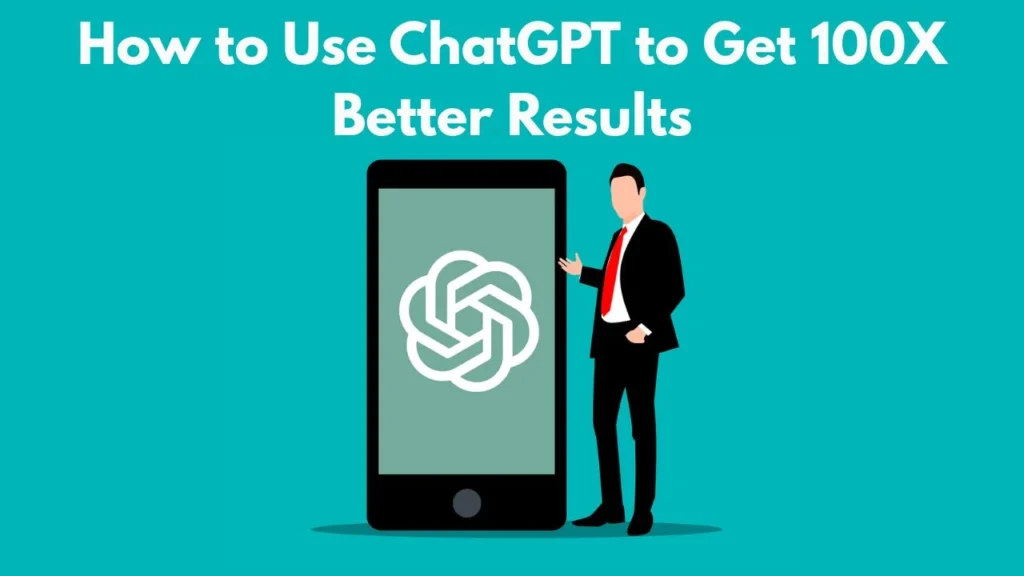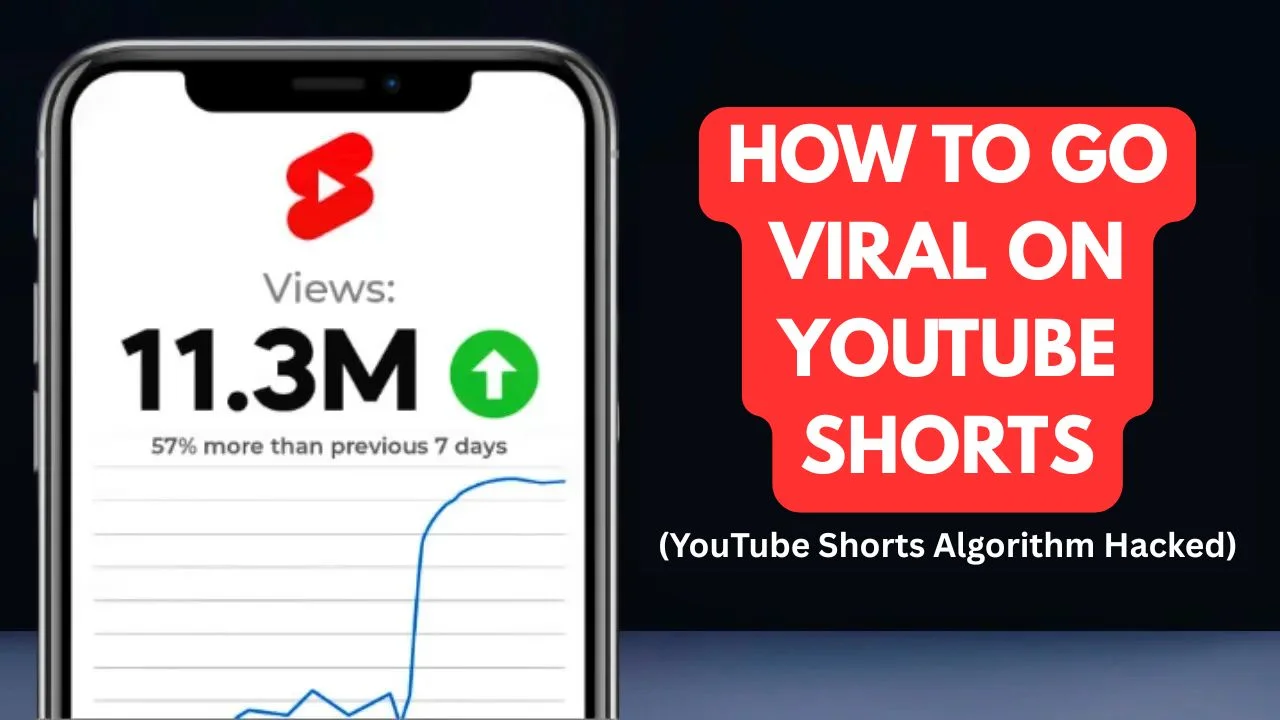ChatGPT is an incredibly powerful AI tool, but many users only scratch the surface of its capabilities. Whether you’re using it for content creation, research, business growth, or personal productivity, knowing how to interact with ChatGPT effectively can dramatically enhance your results.
In this guide, we’ll cover advanced techniques to optimize your use of ChatGPT and get 100X better results.
Table of Contents
ChatGPT Models And It’s Usage
OpenAI, the company that created ChatGPT, frequently updates the model with new training data. This is why there are various versions of ChatGPT, each one is optimized for specific tasks.
| Model | Best For |
|---|---|
| GPT-4.5 | Advanced model for reasoning and creativity. Better pattern recognition. |
| GPT-4o | General and professional use. Also good for coding & deep analysis. Multimodal. |
| GPT-4o mini | Everyday tasks. Gives responses faster but lacks advanced tools. |
| o3-mini | Coding and advanced reasoning, great for problem-solving & logic tasks |
| o1 & o1-mini | Complex problem-solving but lacks memory and search |
| GPT-4o with Scheduled Tasks (BETA) | AI automation |
Also Read: How to Do Keyword Research for SEO (A Beginner’s Guide)
1. Understanding How ChatGPT Works
Before maximizing ChatGPT’s potential, it’s crucial to understand how it works:
- AI Language Model: ChatGPT predicts and generates text based on patterns from vast amounts of data.
- Prompt Sensitivity: The quality of the response depends on how well the input prompt is structured.
- Context Awareness: While ChatGPT remembers context within a conversation, it doesn’t retain memory between sessions.
2. Crafting High-Quality Prompts
A well-structured prompt can make all the difference in the quality of responses you receive.
Best Practices for Writing Prompts:
- Be Specific: Instead of asking, “How can I improve my website?”, try “What are the best SEO strategies to increase organic traffic for a food blog?”
- Provide Context: Include relevant details to get more tailored responses.
- Use Role-Based Prompts: Assign ChatGPT a role for better guidance. Example: “Act as an experienced SEO consultant. Provide a strategy to improve my website’s ranking.”
- Break Down Complex Requests: Instead of a broad question, split it into smaller steps.
- Request Formatting: Ask for answers in bullet points, tables, or step-by-step formats for better readability.
3. Using ChatGPT for Content Creation
Blog Writing & SEO Optimization
- Generate SEO-friendly content by asking ChatGPT for high-ranking keywords, meta descriptions, and optimized blog outlines.
- Request content briefs, introductions, and conclusions that align with search intent.
- Use ChatGPT to rewrite content for clarity, engagement, and better SEO.
Social Media Content
- Generate viral tweet threads, LinkedIn posts, Instagram captions, and YouTube scripts.
- Ask ChatGPT for content calendar ideas tailored to your audience and industry.
Copywriting & Sales Funnels
- Craft compelling email sequences, ad copies, and landing pages.
- Use ChatGPT to create persuasive CTAs and product descriptions that convert.
4. Leveraging ChatGPT for Business Growth
Market Research & Competitive Analysis
- Use ChatGPT to analyze market trends, customer pain points, and industry insights.
- Ask for a competitive analysis comparing your brand to industry leaders.
Lead Generation & Outreach
- Generate personalized email outreach templates for different audience segments.
- Ask for cold email scripts, follow-up sequences, and LinkedIn connection messages.
Automating Workflows & Productivity
- Create standard operating procedures (SOPs) for your team.
- Ask ChatGPT to streamline task lists, meeting agendas, and project planning.
5. Enhancing Learning & Skill Development
Deep Learning & Research
- Ask for book summaries, industry reports, and academic explanations.
- Use ChatGPT to break down complex concepts into simple, digestible insights.
Language Learning & Writing Improvement
- Request grammar corrections, translations, and writing enhancements.
- Practice conversations in different languages with ChatGPT.
6. Automating & Integrating ChatGPT with Other Tools
AI + Productivity Apps
- Use ChatGPT with tools like Zapier, Notion, and Google Sheets for automation.
- Integrate with AI writing tools (e.g., Jasper, Copy.ai) for enhanced content creation.
Custom GPTs & API Integrations
- Build custom GPT models to specialize in business, marketing, or personal projects.
- Utilize OpenAI’s API for advanced chatbots, virtual assistants, and AI automation.
7. Advanced Techniques to Get Even Better Results
Using Multi-Step Queries
Instead of asking one broad question, refine responses by:
- Asking a general question.
- Following up with more specific requests.
- Requesting examples, case studies, or data-driven insights.
Using Chain-of-Thought Prompting
Encourage ChatGPT to break down reasoning step-by-step for better logic and problem-solving.
Example:
- Instead of: “Solve this math problem.”
- Try: “Explain step-by-step how to solve this math problem.”
Improving Creativity & Brainstorming
- Use ChatGPT for idea generation, storytelling, and innovation sessions.
- Ask for creative writing prompts, unique marketing angles, or business ideas.
Conclusion
Mastering ChatGPT requires precision, experimentation, and the right prompting techniques. By refining your approach, integrating AI with business and productivity tools, and leveraging its capabilities for research, content, and automation, you can unlock 100X better results.
Start applying these strategies today and experience the full power of AI-driven assistance!


